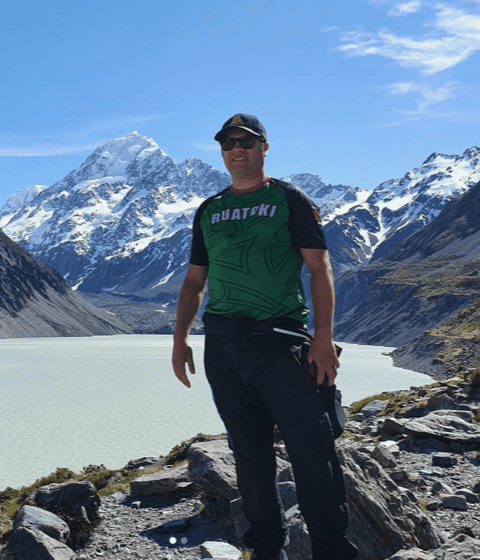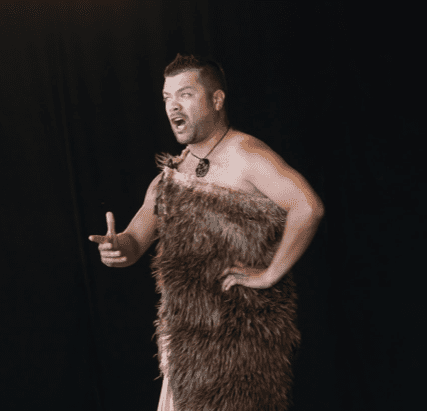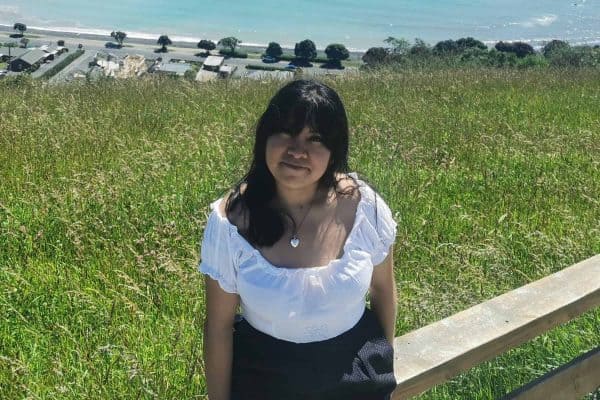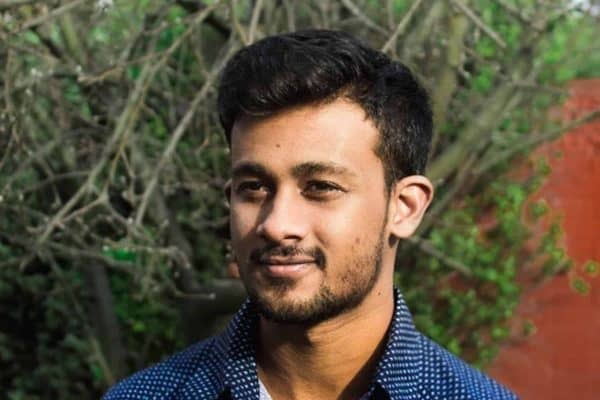Whītiki, Whakatika: Iwi, hapū and whānau resilience to risk
Ko Mātaatua te waka
Ko Toroa te tangata
Mai i Ngā Kurī a Whārei ki Tihirau
Te Moana a Toi (Bay of Plenty) is my tūrangawaewae (place I call home). My mother hails from the iwi (tribes) on the eastern shores, my father from the central and inland iwi and my wife from the western side of the area known as the Mātaatua rohe. I was fortunate to have an upbringing in Te Ao Māori (the Māori world) on my many marae, alongside kaumātua (elders), interacting with my taiao (environment) – the moana, the awa, the whenua, the uri (descendents) of Tāne, Tangaroa and Rongo.
I attended local schools, and instruction was primarily in te reo until my college years. I completed my degree and post graduate studies at the local Māori university, Te Whare Wānanga o Awanuiārangi, specialising in language, culture, customs, performing arts, and their relationship to the taiao.
My mahi (occupations) over the last 20 years range from Māori broadcasting, lecturing papers at tertiary level and, more recently, I have worked as a consultant on tikanga Māori alongside Māori land owners, whānau, hapū and iwi to create environmental plans that are unique to their needs, their whenua and their whakapapa.
My interests are Māori performing arts, and I have lead my iwi team, Te Whānau a Apanui since 2005, and venture out onto my moana to dive, swim and fish, climb the cliffs of my awa to do ‘bombs’ and walk the whenua and maunga of my rohe.
My Project

My whānau has always had a strong connection to the environment, relying on nature for our food, and have always had a way to deal with nature’s many challenges, such as drought, floods and earthquakes. In particular one of my iwi, Te Whānau-a-Apanui, a small coastal iwi population-wise but rich in natural resources, is still heavily reliant on the moana for sustenance, and the collection of kaimoana largely follows cultural practices. My research sits within the mātauranga Māori space of the Resilience Challenge, and seeks to identify traditional methods of my people for dealing with natural hazards. My research questions will be what factors were taken into consideration in the preparation of gardens, of harvesting seafood, food of the bush and rivers, and the practices followed from a cultural perspective. Another question is how resilient are those practices today in light of more modern risks such as climate change and the effects of the what happens on land to people and the moana.
Currently I am scoping up more questions and talking with tangata whenua, who happen to be my whānau and my neighbours, about their current practices, the practices of their tīpuna, and future challenges they see on us being Te Whānau-a-Apanui, which is being in tune with our environment, our language, our customs and our beliefs.
Next Steps
My iwi believe that all things are related and are inseparable, so links from this research will be made to other areas beyond the Resilience Challenge, and across other iwi. The findings of this study will assist other indigenous people, not just Māori, to understand how traditional Māori practices responded, and respond still, to risk, and how it is approached in a holistic manner.




